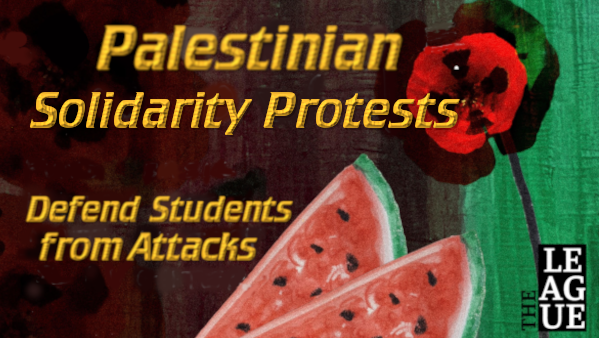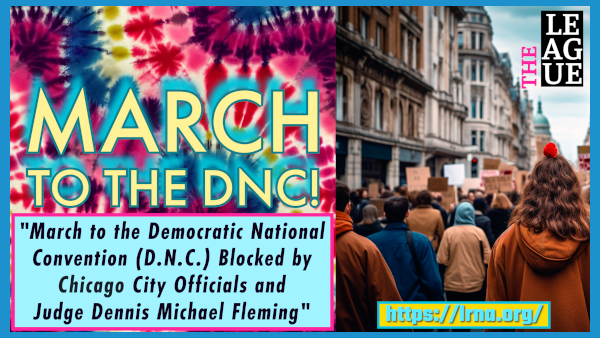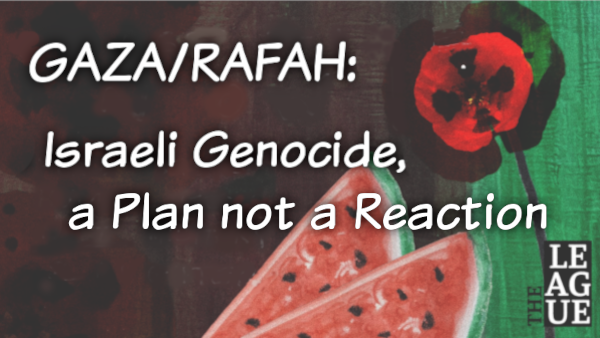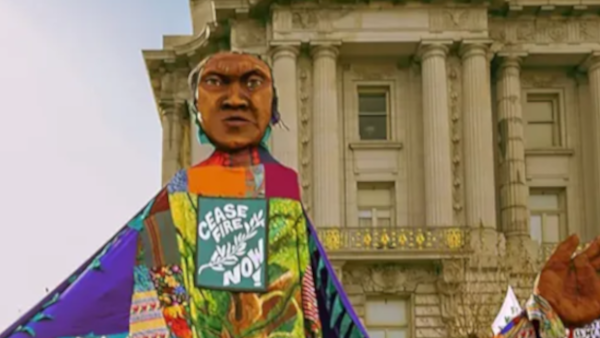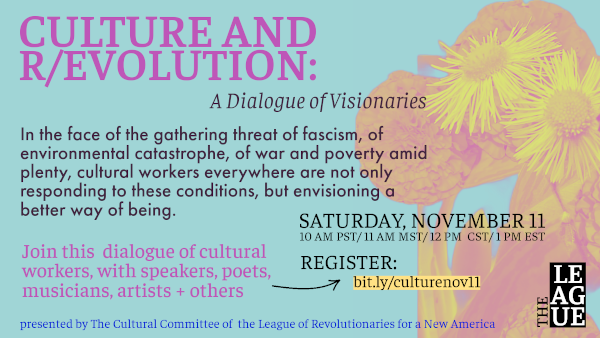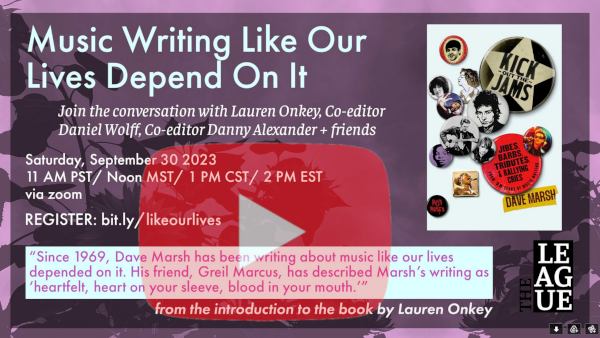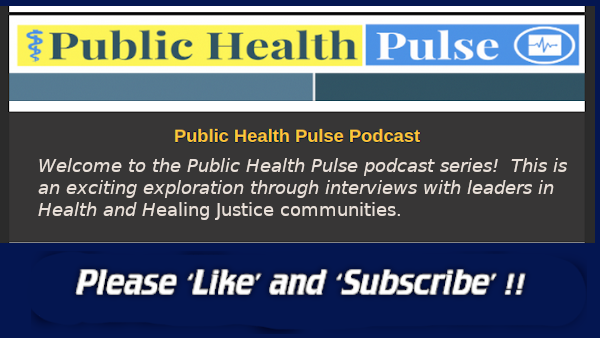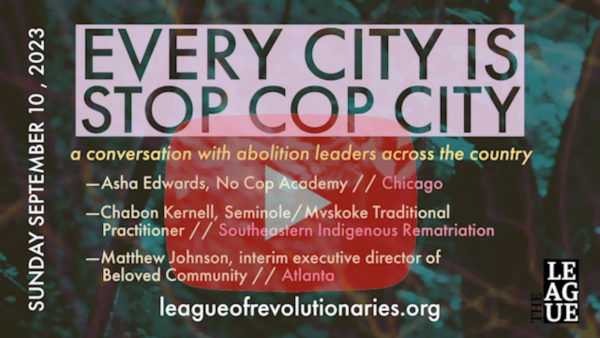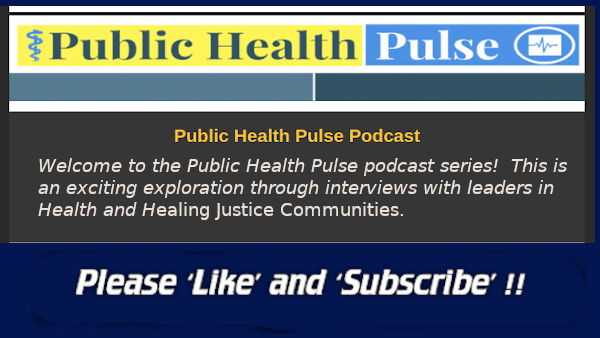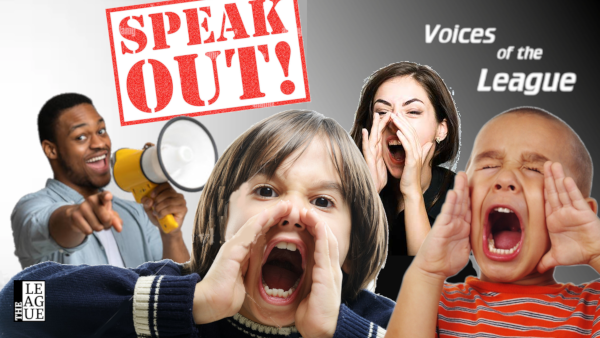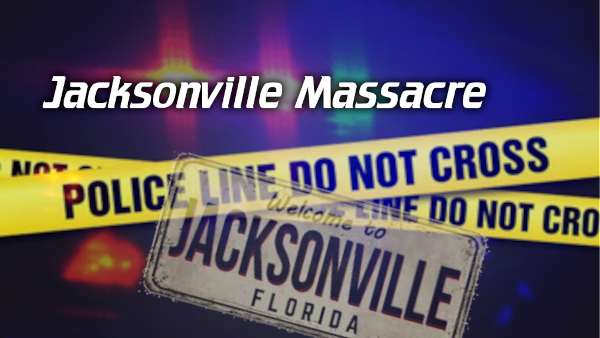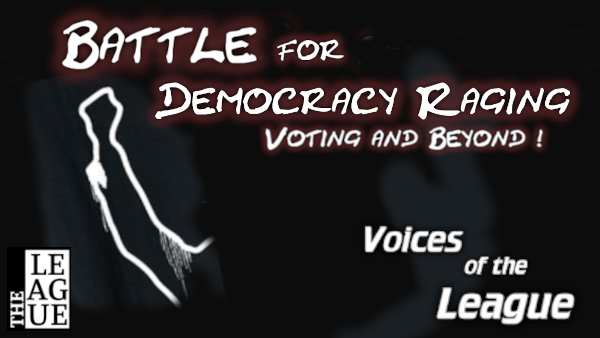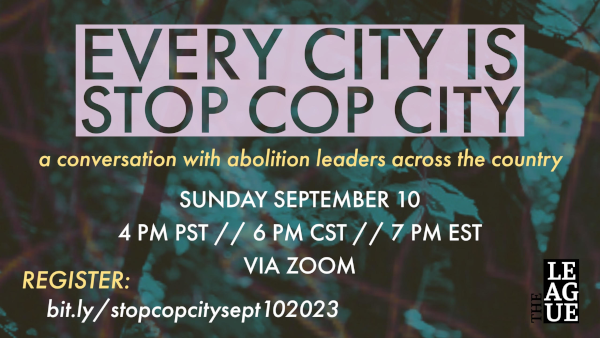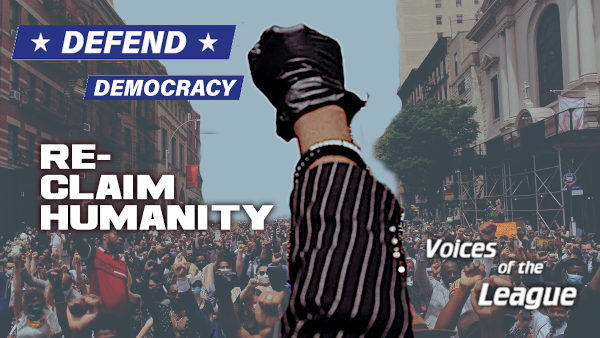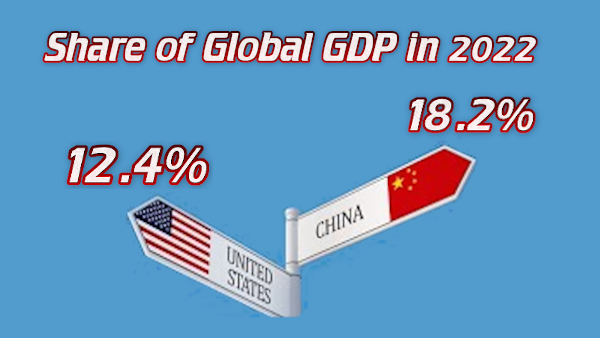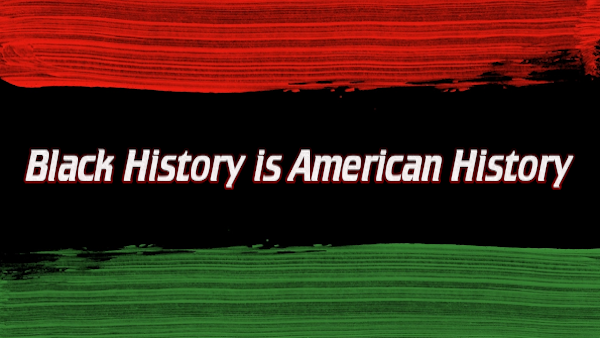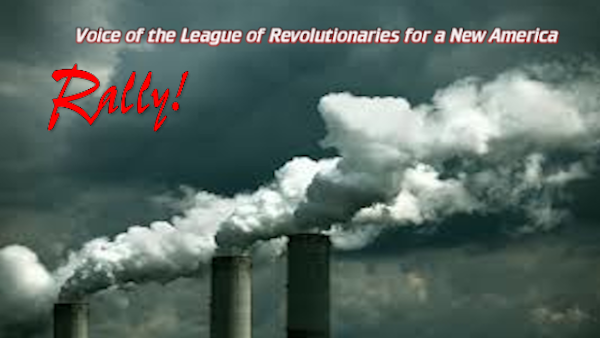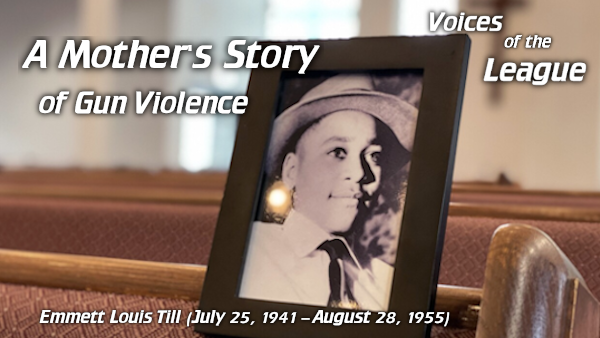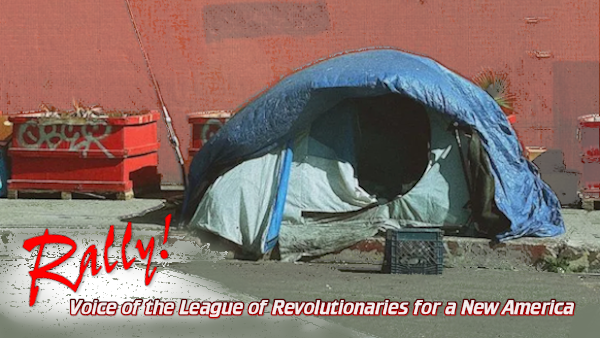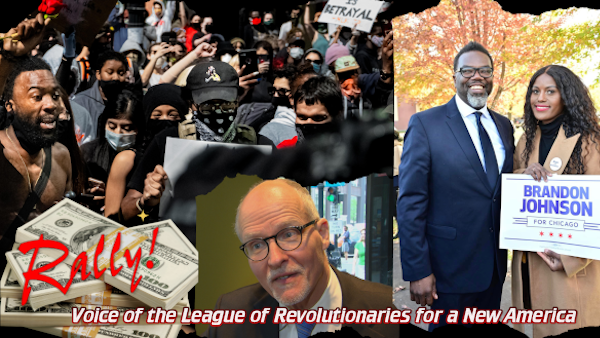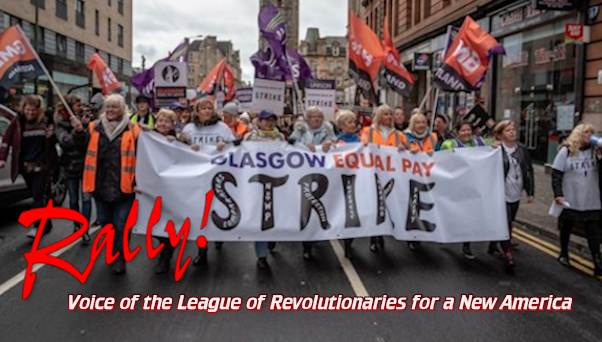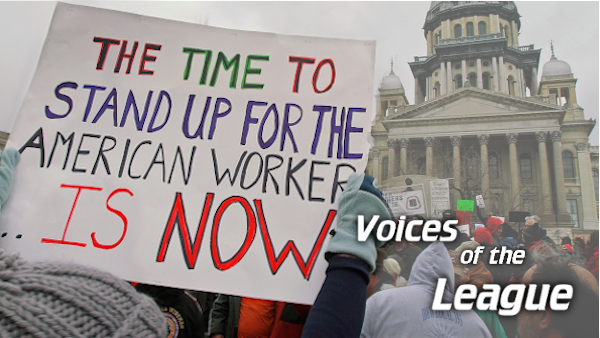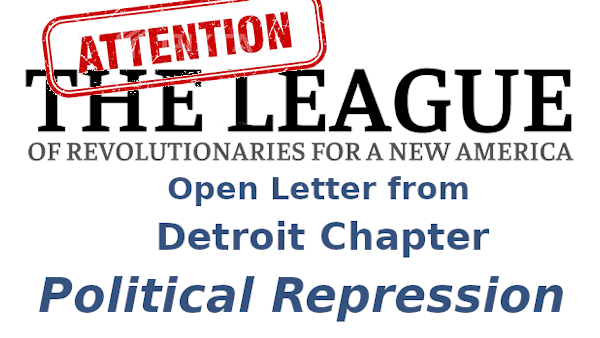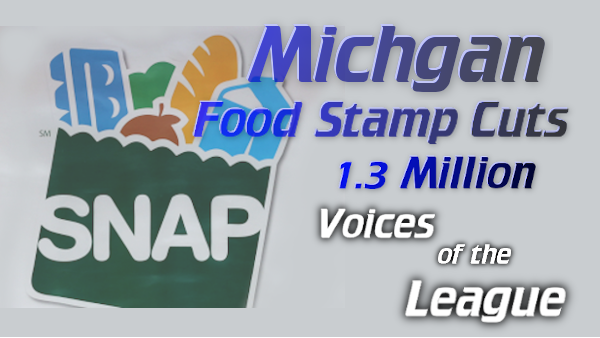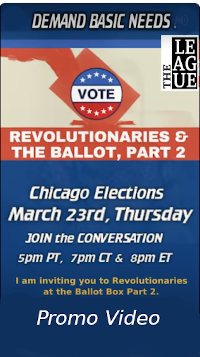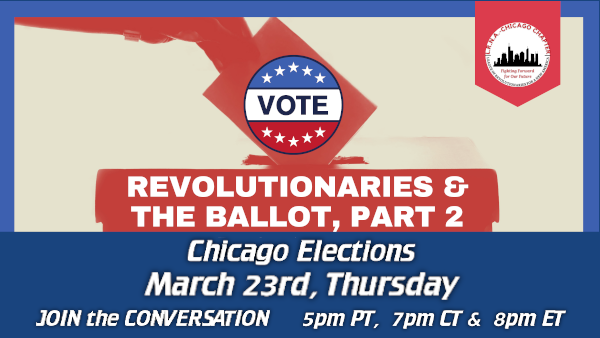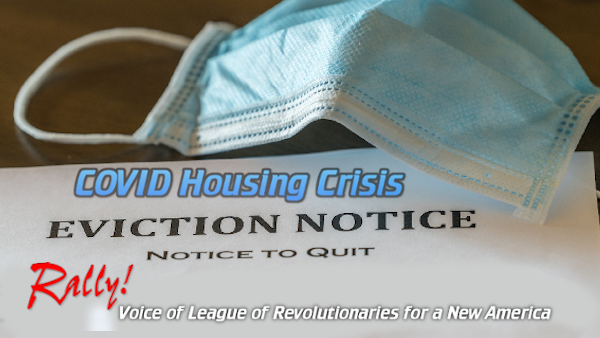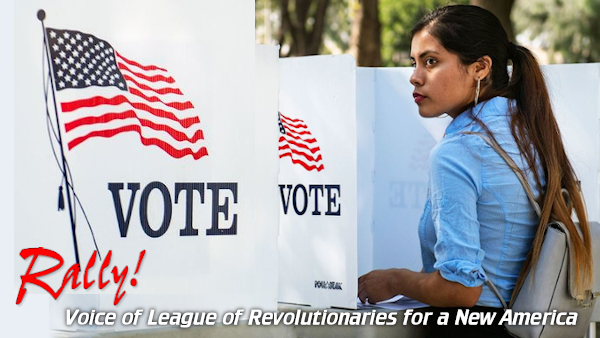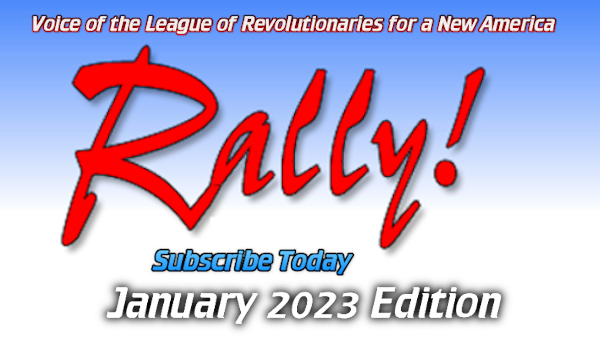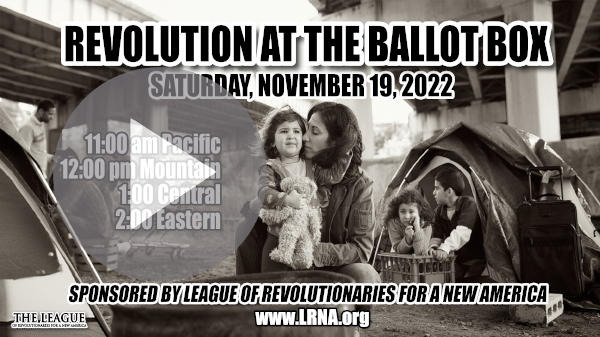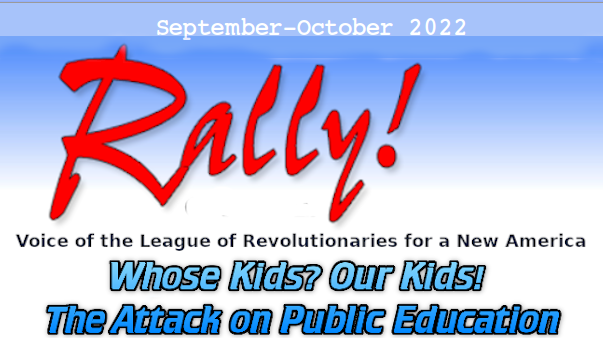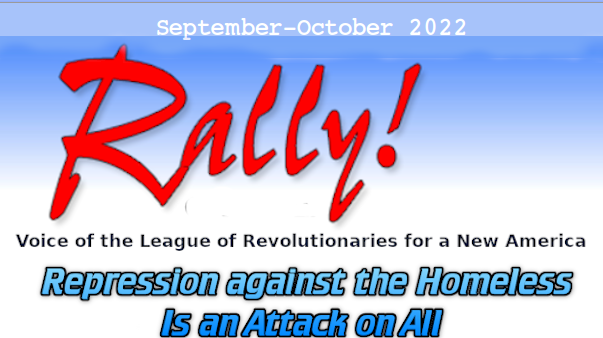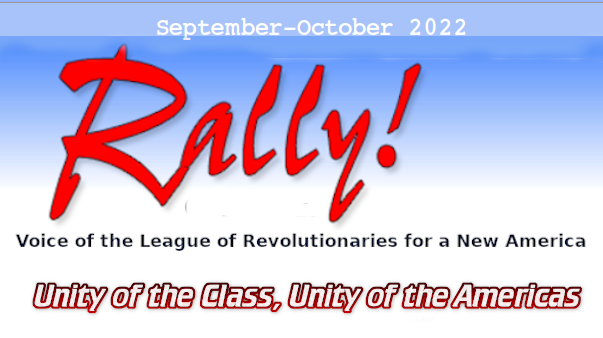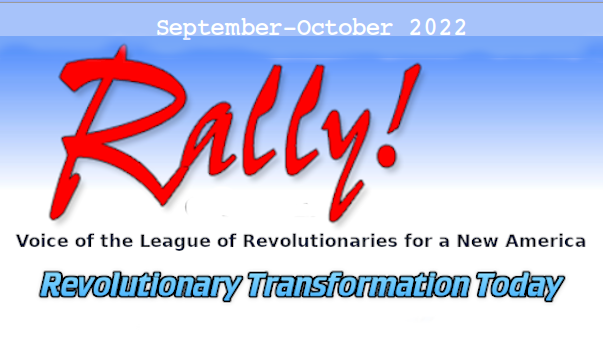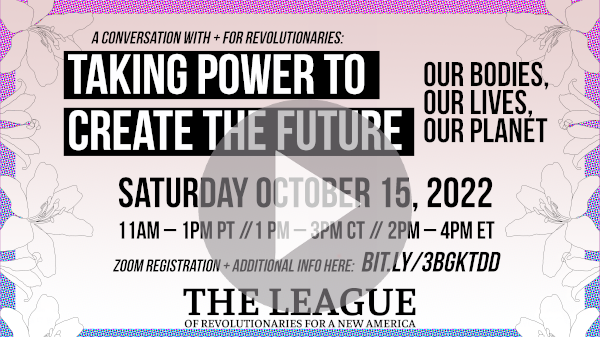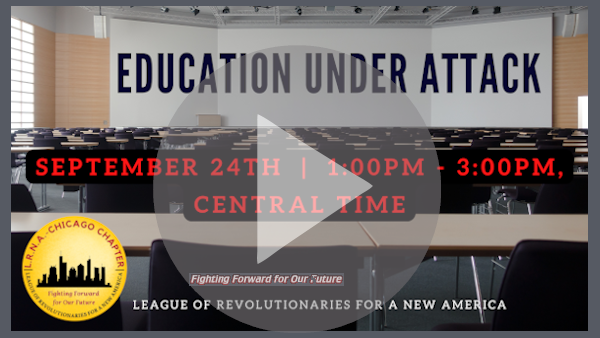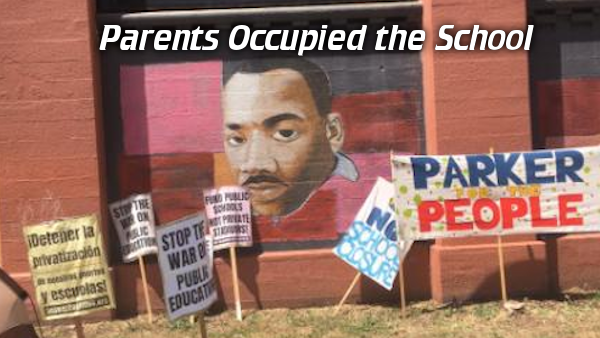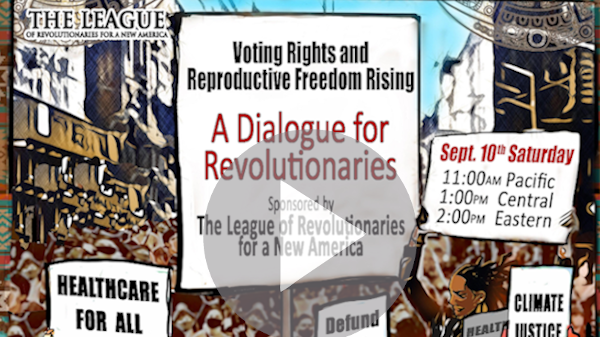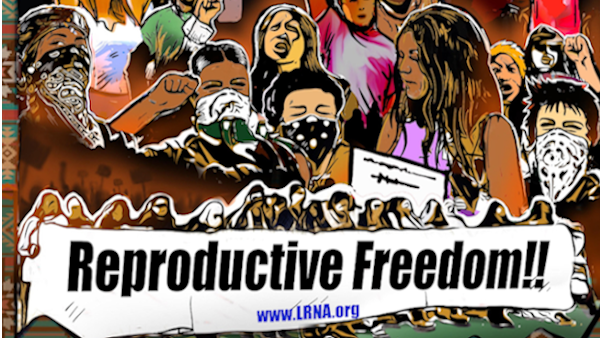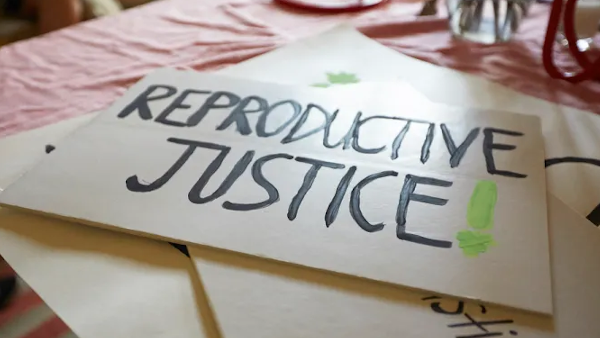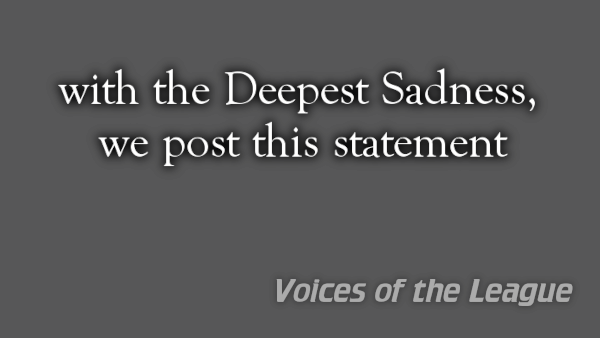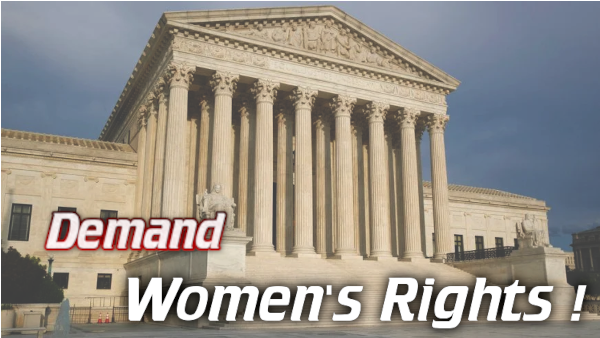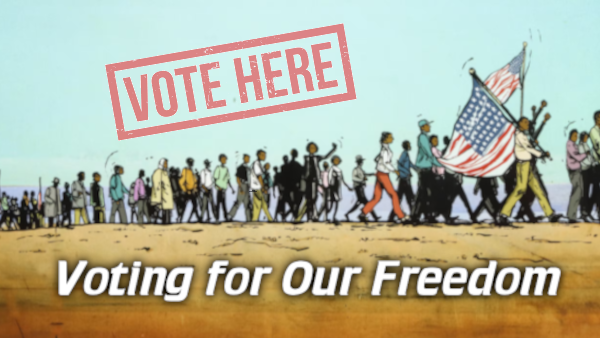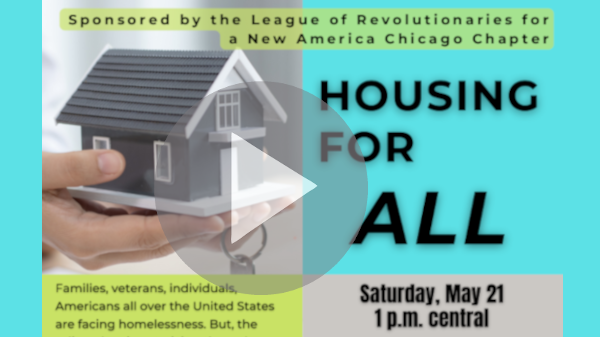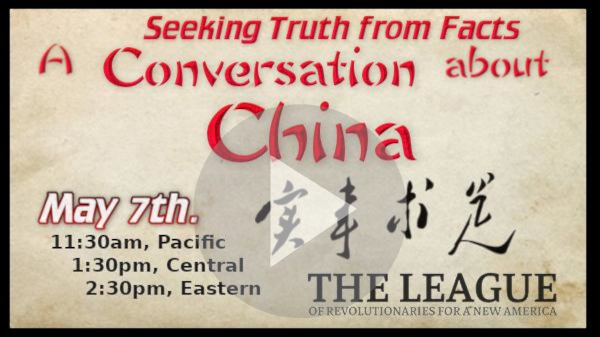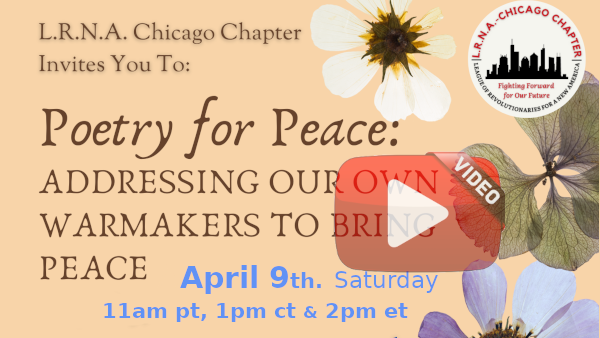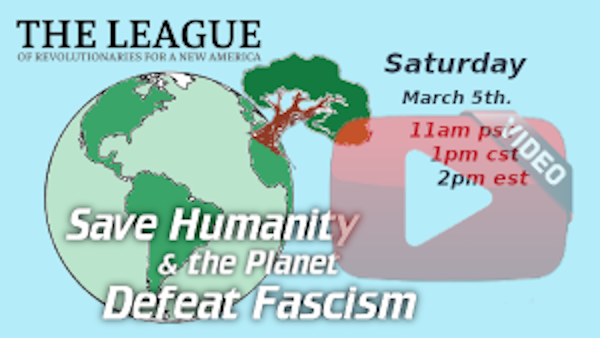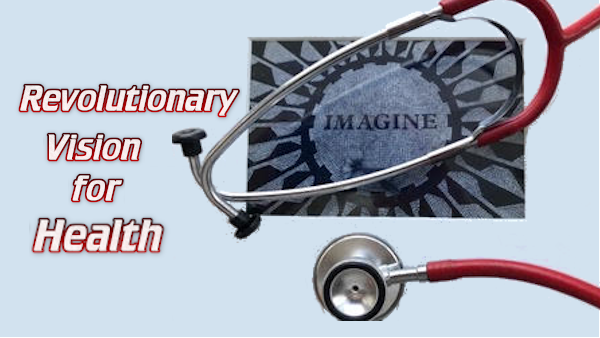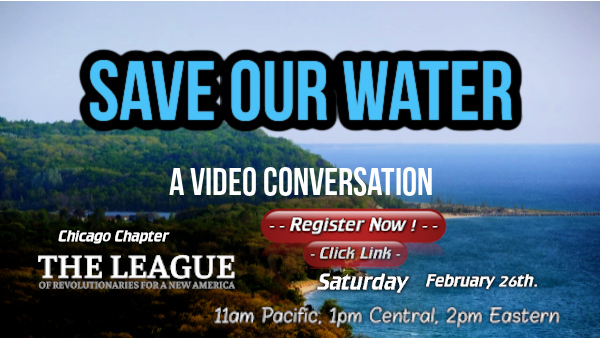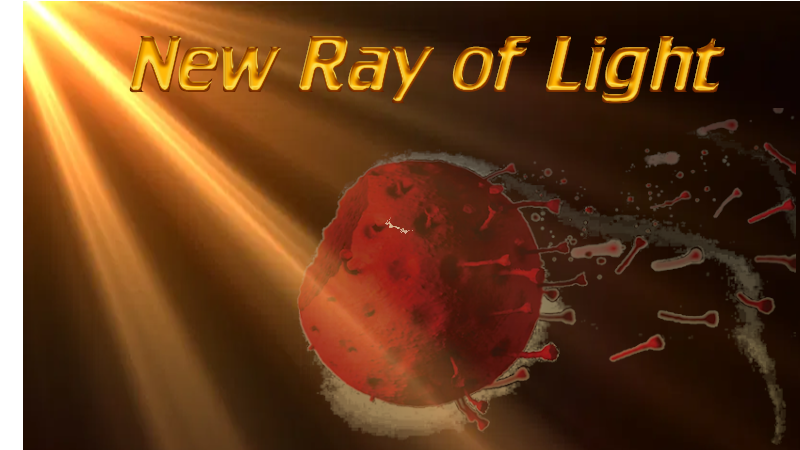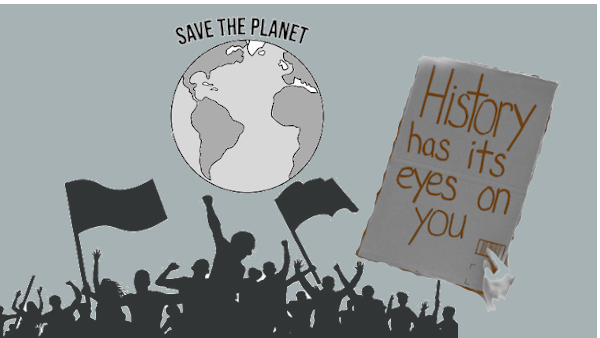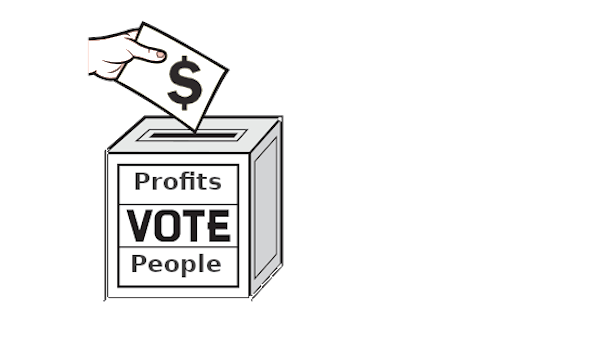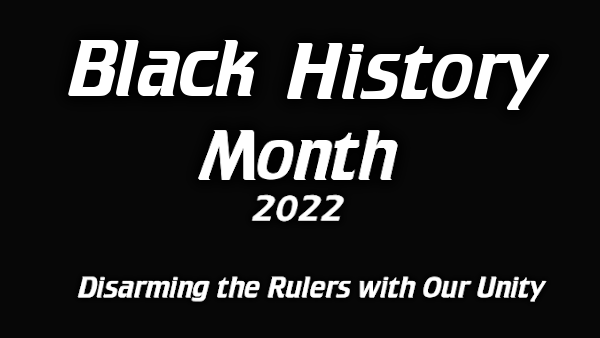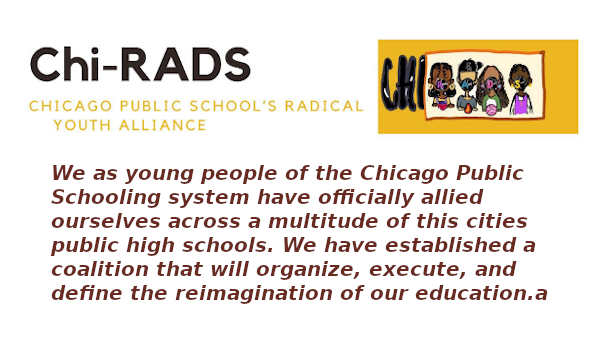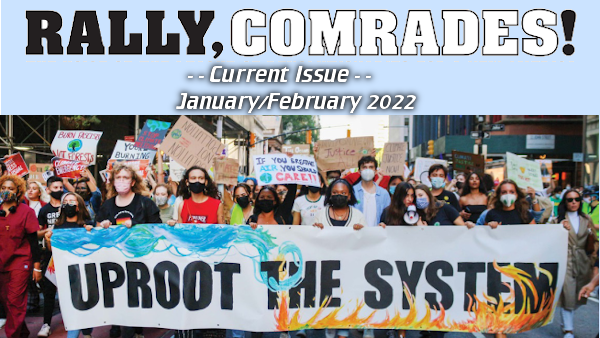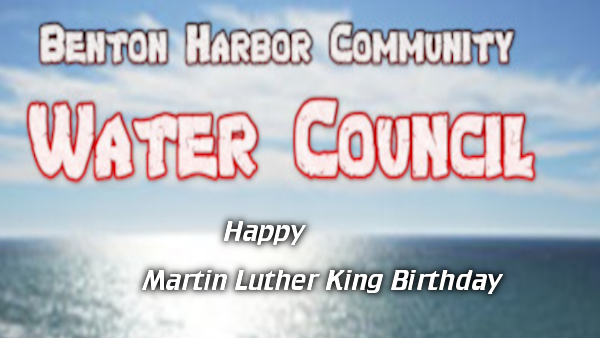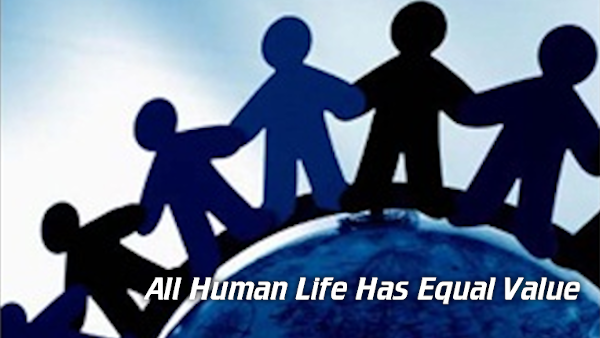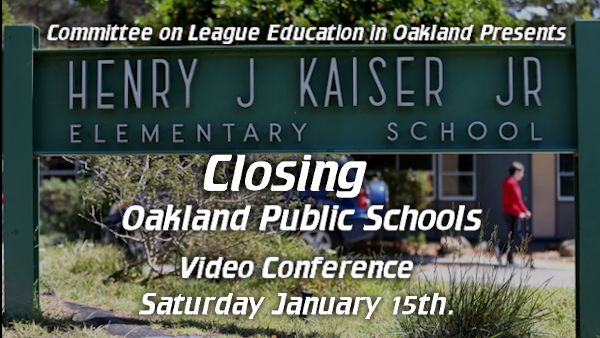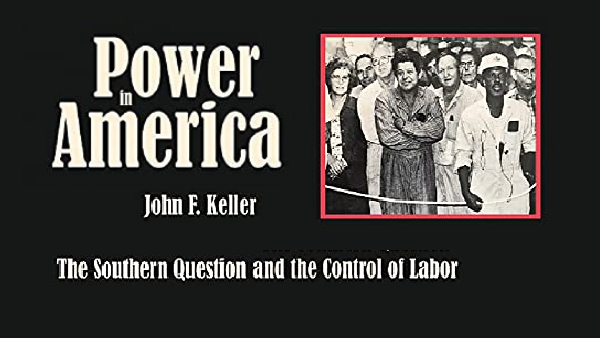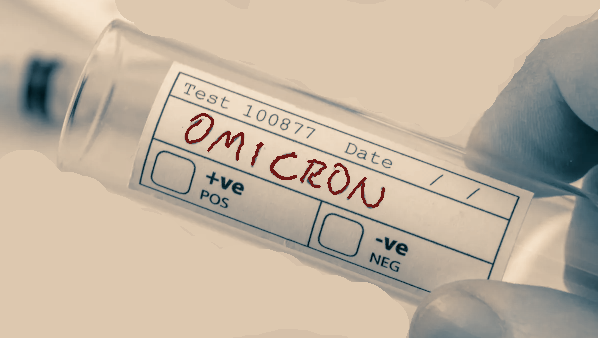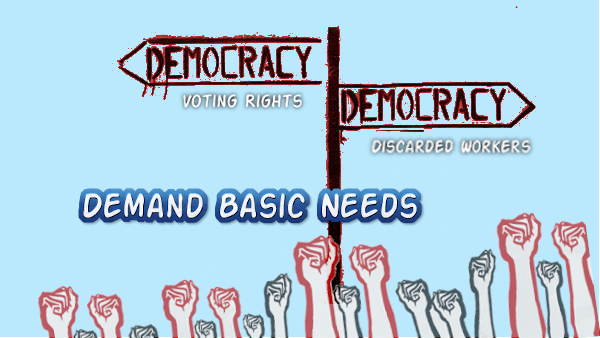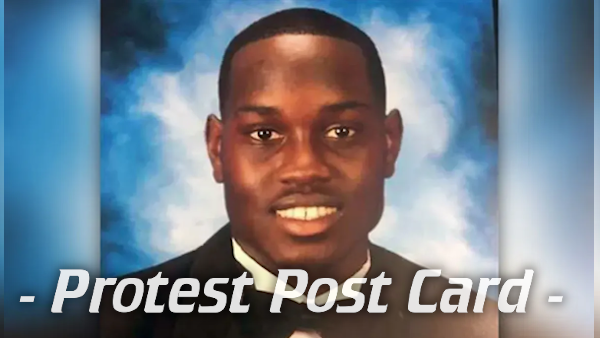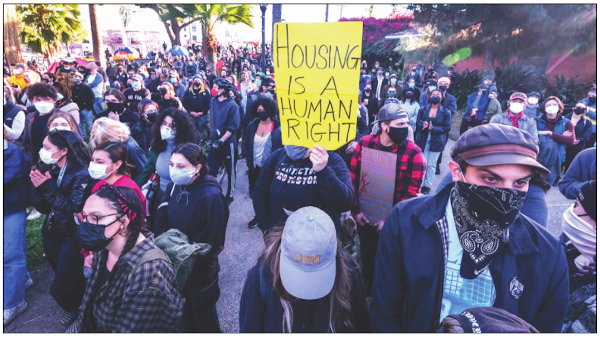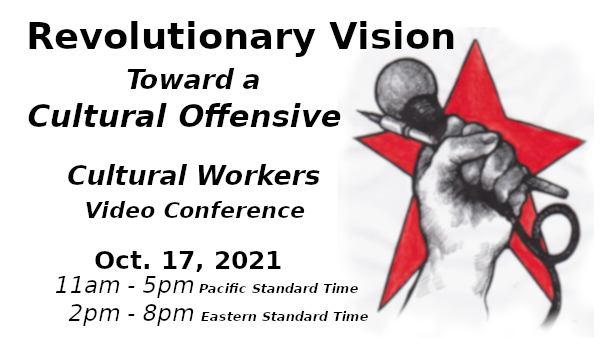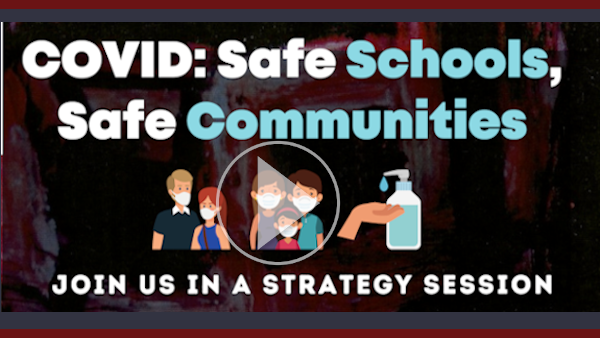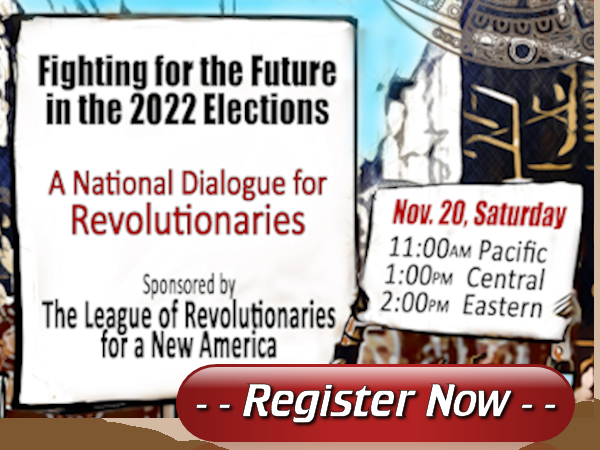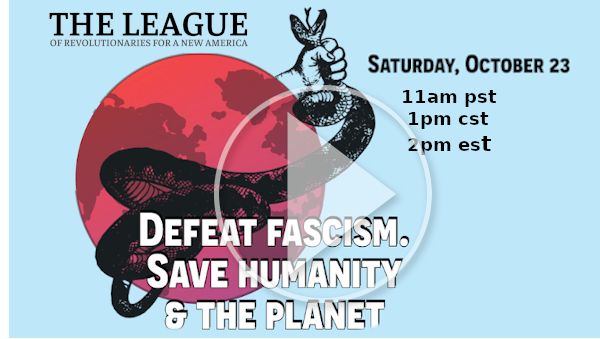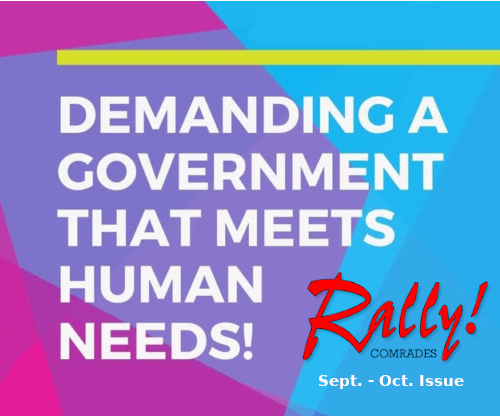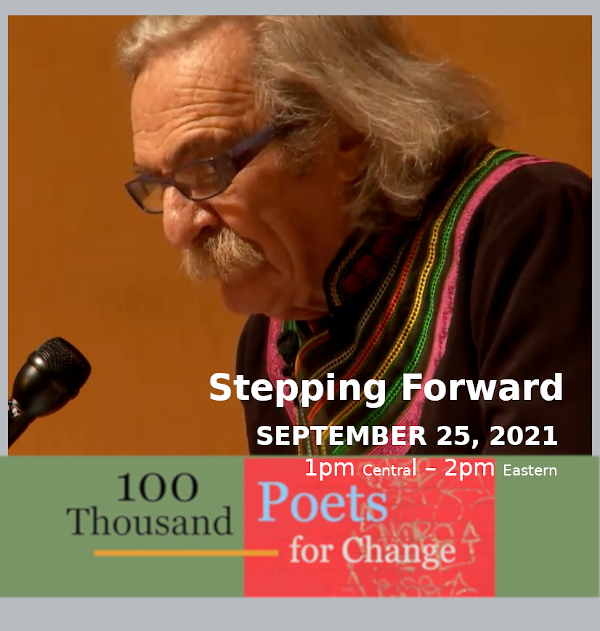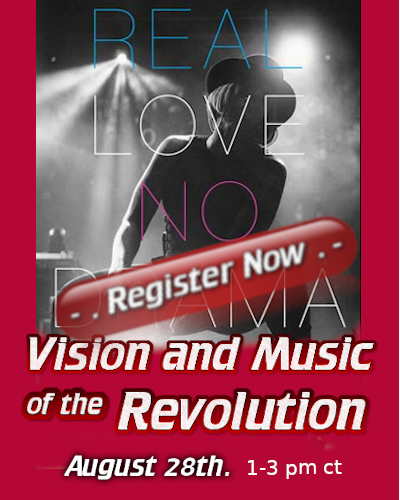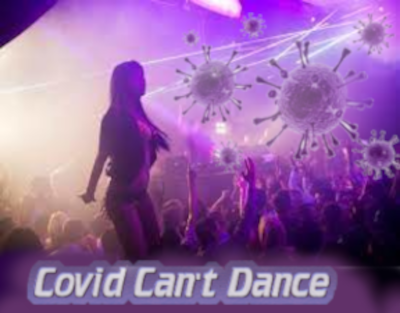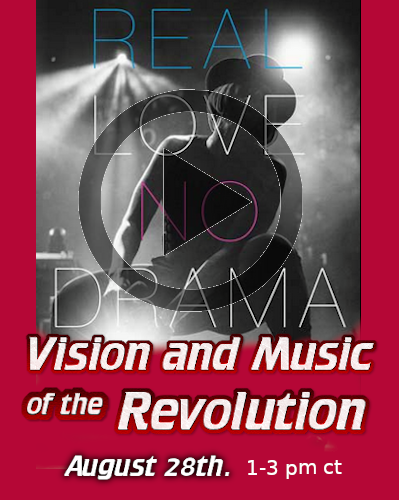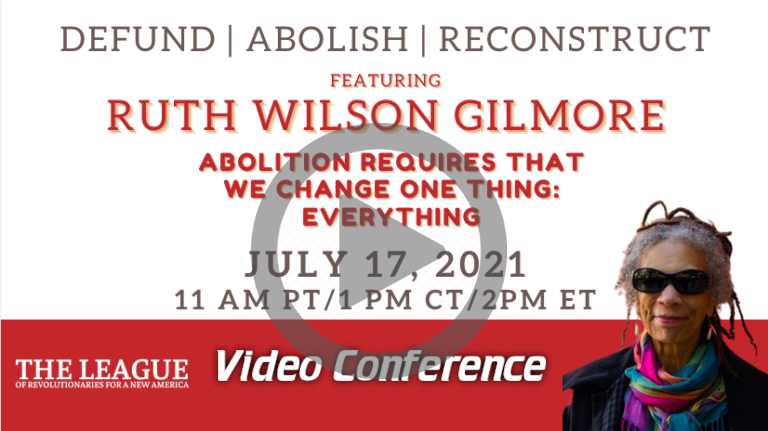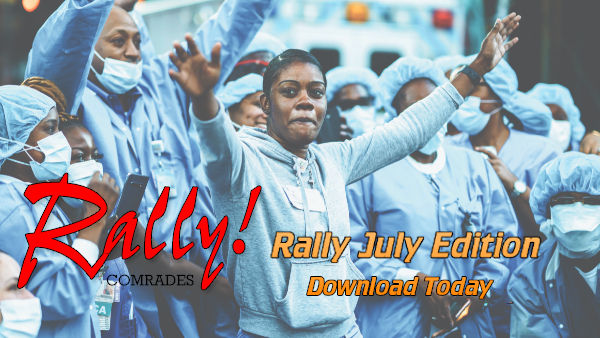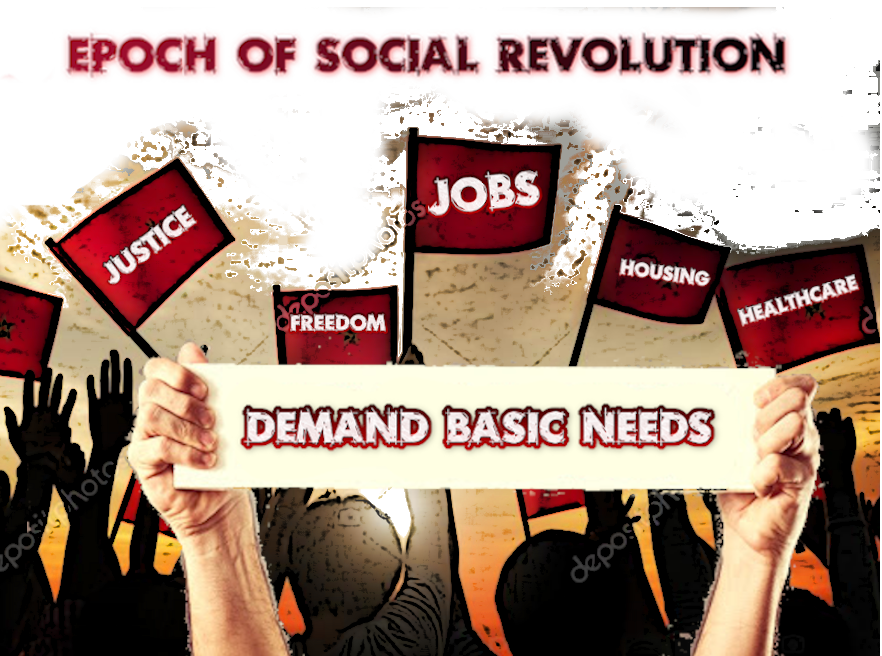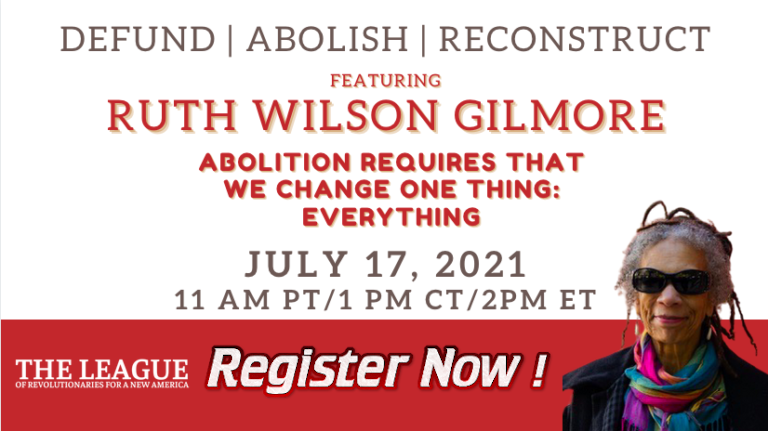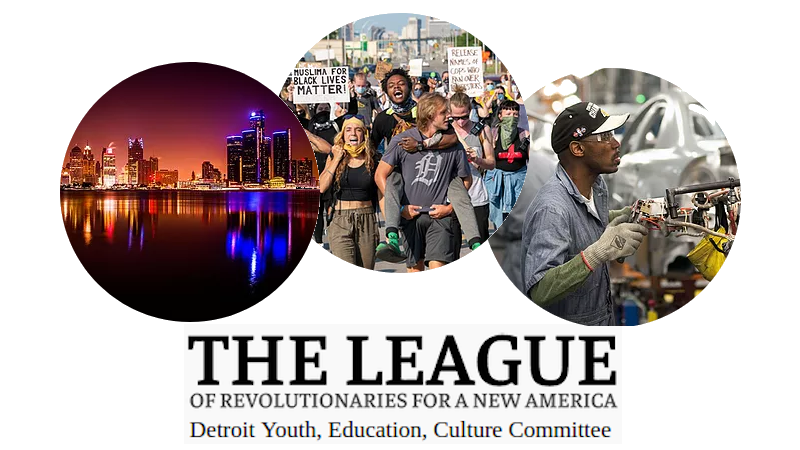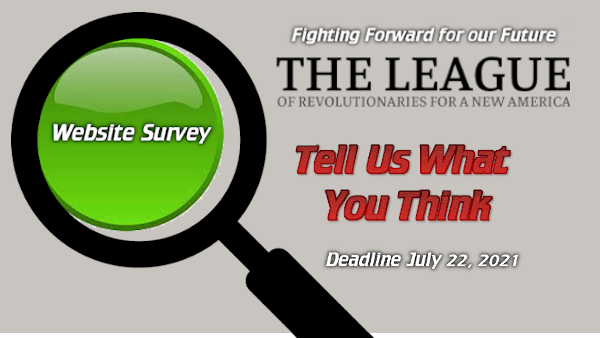Opioid Deaths & War on Drugs
Opioid Deaths and the War on Drugs
Unforgivable Losses
By the Los Angeles Housing and Homeless Committee

During the pandemic, houseless comrades organizing in Skid Row placed a “Housing is Healing” sign over their tents. By nature of the life-or-death stakes always present in the streets, unhoused drug and non-drug users are developing models of a commons that could serve to teach and inspire all of us.
It’s no coincidence that OD deaths that spiked during COVID-19 continue to rise. Overdose deaths amount to 9/11-scale proportions every two weeks in the United States. When the Los Angeles City Council brought back Municipal Code 41.18, a decades-old racist “no sit/lie/sleep” law to force homeless comrades into pandemic hotels, overdoses skyrocketed due to inflexible carceral rules and untrained staff. L.A.’s homeless daily death toll rose from three to five. The area where the highest concentration of poor and Black folks live on the streets also suffers the highest overdose rates: 77 times that of the Los Angeles County average.
“Los Angeles city conducted its 41.18 sweeps as the pandemic raged” said Joanna Swan, LA CAN Human and Civil Rights Committee, Streetwatch LA. “We watched a camp where people provided Narcan to each other destroyed with bulldozers and trash trucks. Weeks later, an evicted tenant of the nearby city-run pandemic hotel was found dead in the former site of the swept camp, a newly designated 41.18 [no sit/lie/sleep] zone.
“In this zone, we organized and learned from the hotel tenants [that] many overdoses happened because people were using alone in their rooms, a product of the Salvation Army’s no-guests policy. Our formerly homeless comrades organized into The LA Grand Tenants Association (https://knock-la.com/la-grand-hotel-project-roomkey-tenants/:)
“Messaging forefronted the unacceptably carceral conditions and preventable deaths. Tenants’ demands resulted in more harm reduction focused in reach, but politicians continue to move for organized abandonment: warehousing people in substandard conditions, prioritizing sobriety and abstinence even if it’s coerced, and defunding community resources while funding more law enforcement.”
Studies show that overdose deaths increase when sweeps scatter encampments. On the ground, we understand this because our comrades outside take care of each other in de facto safe consumption sites. For example, during the pandemic, there was an encampment formed mostly of drug users evicted from a nearby COVID-19 hotel (often on groundless accusations from Salvation Army staff). Los Angeles Street Watch regularly restocked their spot, alongside many others around the city, with clean needles, naloxone, and wound care supplies. California governor Gavin Newsom vetoed a bill that would have encouraged safe consumption sites, opting instead for a rebranding of coercive, forced so-called CARE Courts and an expansion of “gravely disabled” conservatorship criteria to include folks struggling with substance use disorders.
The U.S. ruling class strategy is threefold: divest from proactive, noncoercive healthcare and services; punish and criminalize for “drug crimes;” and drum up backlash against drug decriminalization and safe supply efforts.
FENTANYL CRACKDOWN
Criminalizing drugs doesn’t lead to healthier communities: it produces newer, more dangerous substances. After decades of heroin crackdowns, a synthetic opioid, fentanyl, originally produced by Johnson & Johnson for pain management and surgery, all but replaced its natural counterpart on the street. The current crackdown on fentanyl will produce new concoctions and as these take hold, we’ll have less community awareness, interventions or healing modalities. For example, a new drug called xylazine or “tranq” has been found in fentanyl around the country. Xylazine makes it harder to reverse an opioid overdose and results in new health challenges.
Politicians have reintroduced mandatory minimums and homicide charges if you sell someone fentanyl and that person dies (sometimes just from sharing your own drugs with someone). Levying murder charges at fentanyl sellers or users does not reduce harm or prevent death. Policies like this disincentivize overdose response and community care, scaring folks away who might otherwise stay with a person in a medical crisis.
There is clear evidence that pharmaceutical companies fudged numbers, bribed doctors and academics, lobbied elected officials, and targeted children to push their painkillers. A few “bad apples” are fined (or mythologized) in TV shows. Poor and working-class people continue to be punished. Now it’s nearly impossible to receive a legitimate pain pill prescription if you are unhoused due to stigmatic assumptions about how the poor use these medications.
Los Angeles politicians call homeless constituents “service resistant” for refusing inadequate shelter to homeless comrades who then died of neglect. These politicians’ strategy is life-resistant.
When unhoused people overdose, it’s used to justify encampment sweeps and forced treatment. When newly housed folks overdose, it’s used to denigrate Housing First models as if the answer were more forced treatment and denial of human rights rather than augmenting permanent housing with adequate resources. Warehousing humans in subpar shelters is not housing. The destruction of community spaces – a commons – is a cause of much harm for housed and unhoused folks alike.
Overdose death is used to increase funding to police departments and justify coercive and forced treatment or conservatorship. From cop shows to “streets of shame,” the mass media often portray people who use drugs as individual moral failures or as helpless, powerless patients who need forced intervention. Addiction is thus either a choice or a disease, without proof of either claim. The more difficult claim, perhaps, is that addiction is a human response to suffering, to capitalism and to unmet needs.
Harm reduction and drug user organizing fronts serve as a foil for the bootstraps-based approach to wellness, sobriety, and substance use. Before sanctioned by public health agencies, groups like Clean Needles Now had to break the law to practice harm reduction. Groups like the Drug Users Liberation Front (DULF) have organized to provide clean, tested cocaine, methamphetamine, and heroin to their people, shining a light on the need for safe supply rather than a crackdown. Fentanyl is especially dangerous as street supply is not tested, has variable potencies, and needs more community education.
Both housing and healing are hoarded by the U.S. capitalist class as economic privileges.
Mainstream politicians mask systemic cruelty with moralizing, false compassion, or what’s known as “concern-trolling” – undermining genuine discussion about this issue by weaponizing it in the service of another motive. If we want to differentiate our thinking from the traditions of conservative, colonizer paternalism, we have to examine accepted mythologies around drug use, addiction, and substances themselves.
MYTHS VS. FACTS
While think pieces and copaganda would have us believe otherwise, the majority of people using drugs aren’t struggling with addiction. Words like “illicit,” “hard” or “street” precede drug-related discussions because these terms are inextricably tied to racial capitalism and criminalization of certain practices, ideas, or subjects. Laquan McDonald, Rodney King, and George Floyd were all accused of incurring police violence due to drug use: PCP, crack cocaine, and fentanyl. Myths about drugs that give Black folks “superhuman strength” have long driven and justified deadly police violence. Fear-mongering becomes a shield and permit for anti-Blackness and state violence. These myths are meant to undermine a growing recognition that such violence is an attack on the whole working class and the health and welfare of society itself.
Use of opioids is being weaponized against the poor and working-class. People sell drugs because there aren’t good jobs. People need adequate housing and healthcare in which these things aren’t an afterthought, falling far behind police and military budgets every year. A society that pathologizes substance addiction without acknowledging the driving force of racial capitalism upon such behaviors will never solve them.
As preventable death ravages our communities, wealthy people’s money addiction rarely makes headlines. State powers addicted to fossil fuel and wars of aggression normalize certain addictions – fame, success, money – while demonizing those most impacting marginalized communities. Politicians on both sides of the aisle choose the same failed approaches to killing our people. Even when presented with the facts – that harm reduction saves lives – their political calculus chooses criminalization over compassion.
We must fight with and in honor of our comrades whose lives are deemed disposable under capitalism – a disposability driven by fear-mongering, stigmatizing language, bootstraps mythologies, and the cruelty of all-or-nothing thinking around sobriety and abstinence.
Organizing against this fatal cowardice means to love our neighbors with radical insistence: to ask someone what they need rather than prescribe it; to educate ourselves and dismantle stigmas and not to remove autonomy. Everyone deserves pleasure, joy and healing. End this war on drugs once and for all.
*See Corporate Strategy, National Tragedy: Fudging numbers. Targeting children. Paying professors. UCSF’s industry archives expose the marketing tactics that fueled the opioid epidemic. Robin Buller UCSF Magazine Winter 2024.
https://magazine.ucsf.edu/corporate-strategy-national-tragedy
and
Drug Companies’ Liability for the Opioid Epidemic. Rebecca Haffajee, J.D., Ph.D., M.P.H. and Michelle M. Mello, J.D., Ph.D. N Engl J Med. https://www.ncbi.nlm.nih.gov/pmc/articles/PMC7479783/
Visit Rally
Published on January 22, 2024
This article originated in Rally!
P.O. Box 477113 Chicago, IL 60647 rally@lrna.org
Free to reproduce unless otherwise marked.
Please include this message with any reproduction.

